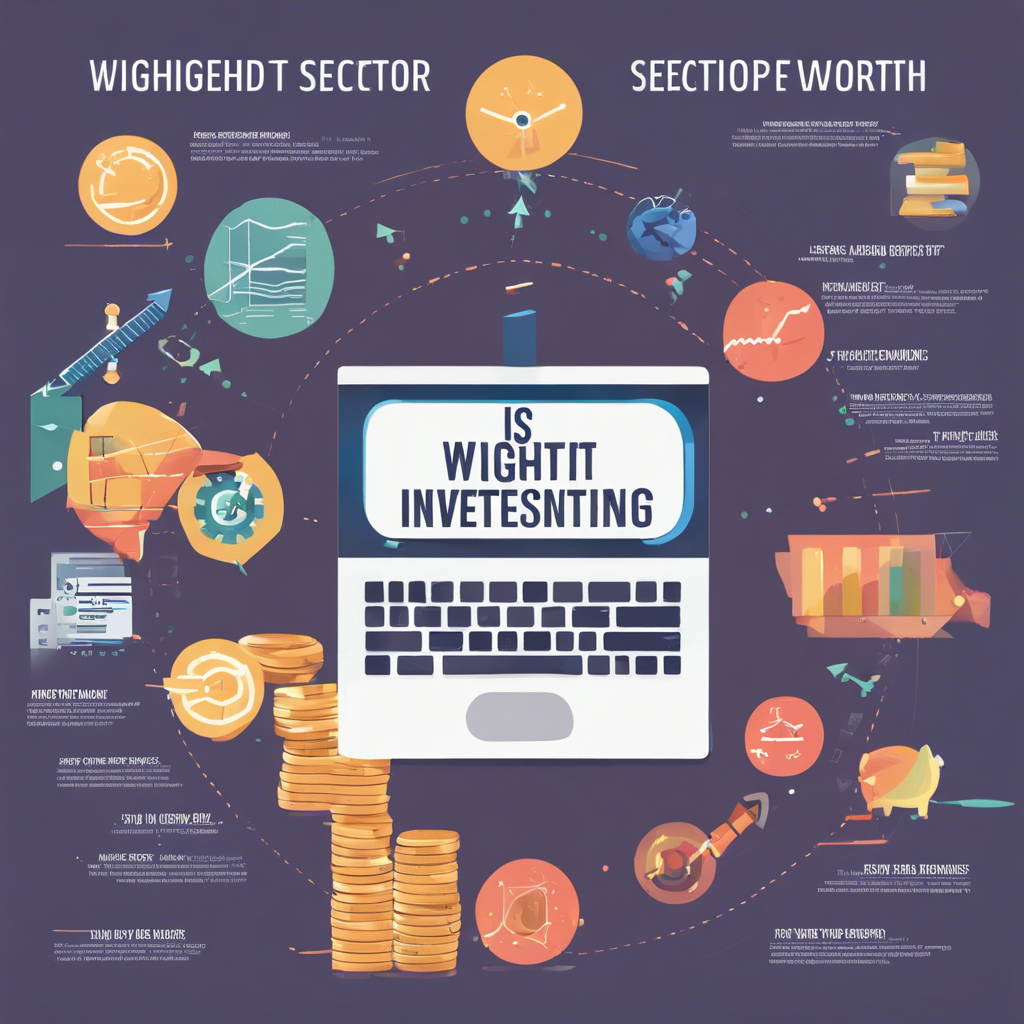Is Weighted Sector Investing Worth the Effort? Analyzing the Pros and Cons

A closer look at the strategy of purchasing weighted amounts of stock market sectors and rebalancing portfolios annually.
Investors are constantly seeking ways to optimize their portfolios and maximize returns. One strategy that has gained attention is purchasing weighted amounts of stock market sectors and rebalancing portfolios annually. This approach aims to capitalize on the changing fortunes of different sectors over time. While it may seem enticing, it is important to weigh the pros and cons before diving into this complex and time-consuming strategy.
The premise and potential benefits of a weighted sector strategy
The idea behind a weighted sector strategy is to rebalance portfolios by trimming winners and buying losers, with the hope that the underperforming sectors will eventually turn into winners. By doing so, investors aim to outperform traditional index funds, such as the S&P 500. This strategy also takes into account the changing sector weights, which can provide opportunities for higher returns.
Examining the sector weights and potential tracking error
Current sector weights, as of January 9, 2024, show that an equal-weighted strategy would result in underweighting technology, financials, and healthcare, while overweighting materials, utilities, real estate, energy, and consumer staples. Communications, industrials, and consumer discretionary sectors would remain relatively balanced. However, it is important to note that this strategy introduces tracking error when compared to the S&P 500.
Performance analysis and historical data
Analyzing performance data from 2008 to 2023 reveals that the equal-weighted sector strategy has outperformed the S&P 500 in seven out of the past 16 years. However, the S&P 500 has outperformed the equal-weighted strategy overall, with annual gains of 9.8% compared to 9.2% for the equal-weighted approach. Notably, technology, healthcare, and consumer discretionary sectors were the top performers during this period, while energy was the worst-performing sector.
Lower volatility but increased complexity
The equal-weighted strategy did lower volatility by almost 10%, which can be seen as a positive. However, the complexity of implementing this strategy is a major drawback. Holding multiple ETFs and rebalancing them periodically adds unnecessary complexity and requires constant attention. Additionally, the of new sectors over the years further complicates the process of maintaining an equal-weighted portfolio.
Simplicity and alternatives
Investing in an S&P 500 index fund offers simplicity and convenience, as the fund handles the rebalancing automatically. For investors looking to deviate from the market cap-weighted index methodology, there are simpler alternatives, such as purchasing an equal-weighted S&P 500 index fund. This eliminates the need to hold multiple ETFs and simplifies the rebalancing process.
Diversification and the role of ETFs
Diversifying exposure outside the S&P 500 can be achieved through various means, such as investing in small caps, mid caps, international stocks, value stocks, low-volatility stocks, quality stocks, or dividend stocks. The proliferation of ETFs has made it easier than ever to gain exposure to different types of stocks, factors, and investment strategies with low fees and tax efficiency.
Conclusion:
While the weighted sector strategy may seem appealing, it is crucial to consider the potential drawbacks and complexities involved. The historical data suggests that the S&P 500 has generally outperformed the equal-weighted sector strategy. Moreover, there are simpler alternatives available, such as investing in an equal-weighted S&P 500 index fund or diversifying through various ETFs. Ultimately, investors should prioritize simplicity and avoid unnecessarily complicating their portfolios in an already complex market.

